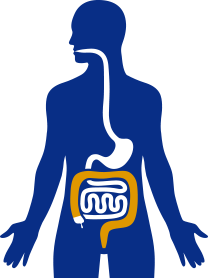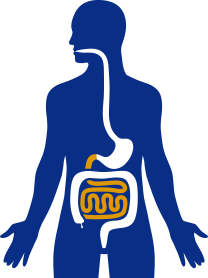
Colonoscopy
A colonoscopy is an exam that gives the physician the ability to observe the large bowel (intestine), which includes the rectum and colon. This exam can locate ailments, including colon polyps, bleeding, inflammation, tumors and ulcers. A thin , flexible tube called a colonoscope is used to look at the colon during the procedure. The end of the colonoscope has a tiny video camera attached to it to take photos of the large intestine. During a colonoscopy a sample or biopsy may be taken. Polyps may be removed and sent for biopsy also.

Flexible Sigmoidoscopy
A flexible sigmoidoscopy is a procedure that allows the physician to examine the inside of the bottom part of the bowel or intestine. The colon, also known as the large bowel, is the last portion of your gastrointestinal tract. A flexible sigmoidoscopy is the procedure designed to view the lower section of the colon, sigmoid, rectum and anus.

Upper GI Endoscopy (also known as Upper Endoscopy or EGD)
An upper endoscopy is a procedure that uses a small, flexible tube with a light and a camera on the end to look into the esophagus, stomach and duodenum ( the first part of the small intestine). It can also be used to take tissue from the body for testing or to take pictures of the inside of the body. It is the procedure used to evaluate for ulcers, causes of upper abdominal pain, or problems with swallowing.

Capsule Endoscopy
Capsule Endoscopy is a test that lets your doctor examine the lining of the middle part of your gastrointestinal tract, which includes the three portions of the small intestine (duodenum, jejunum, ileum). Your doctor will give you a pill sized video camera for you to swallow. This camera has its own light source and takes pictures of your small intestine as it passes through. These pictures are sent to a small recording device you have to wear on your body. Your doctor will be able to view these pictures at a later time and might be able to provide you with useful information regarding your small intestine.

Ultrasound Guided Paracentesis
Paracentesis is a procedure used to remove excess fluid from the abdominal cavity. The fluid buildup may be caused by infection, inflammation, injury, cirrhosis or cancer. A diagnostic paracentesis is performed to determine the cause of the fluid buildup, while a therapeutic paracentesis is performed to relieve shortness of breath and pain.

